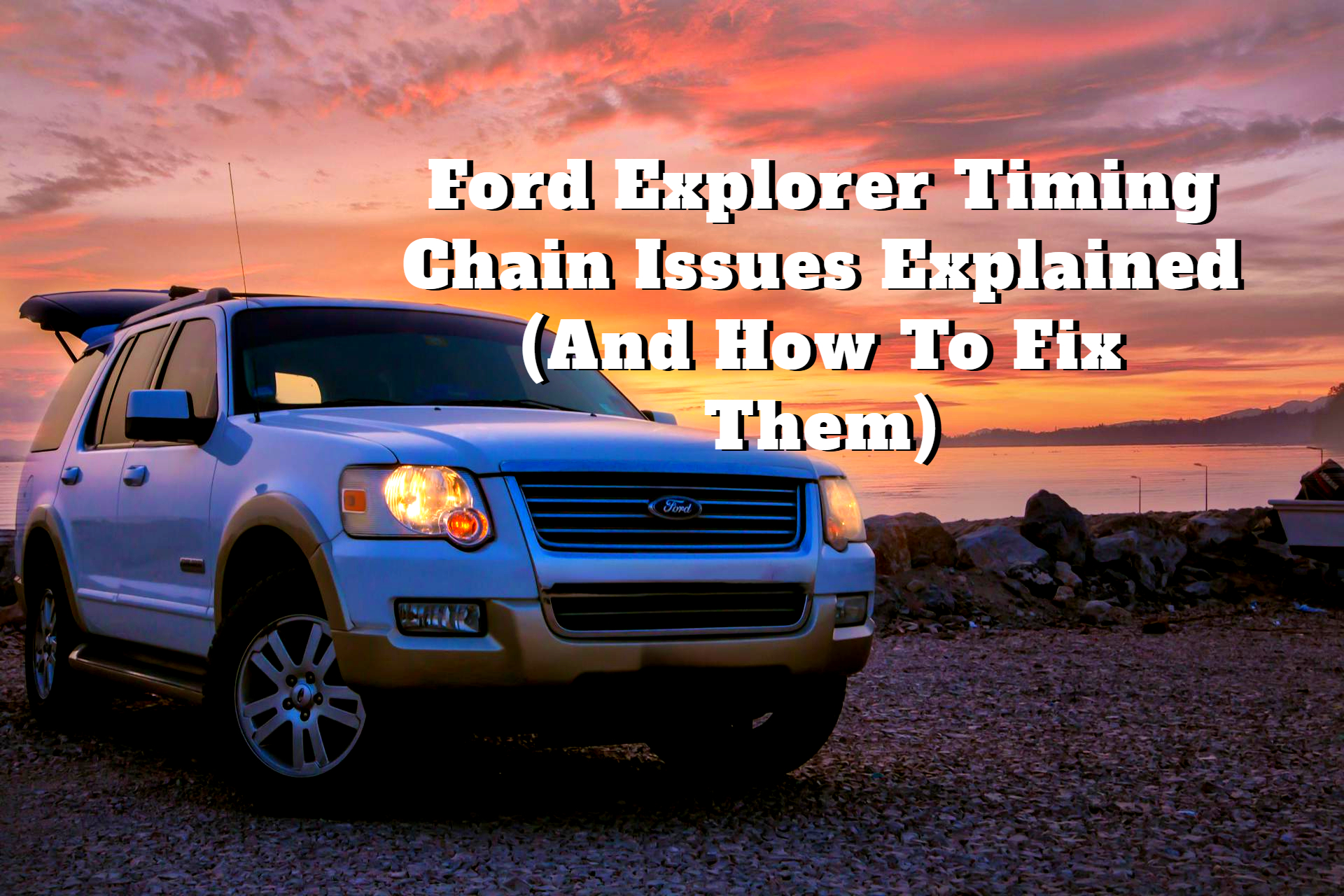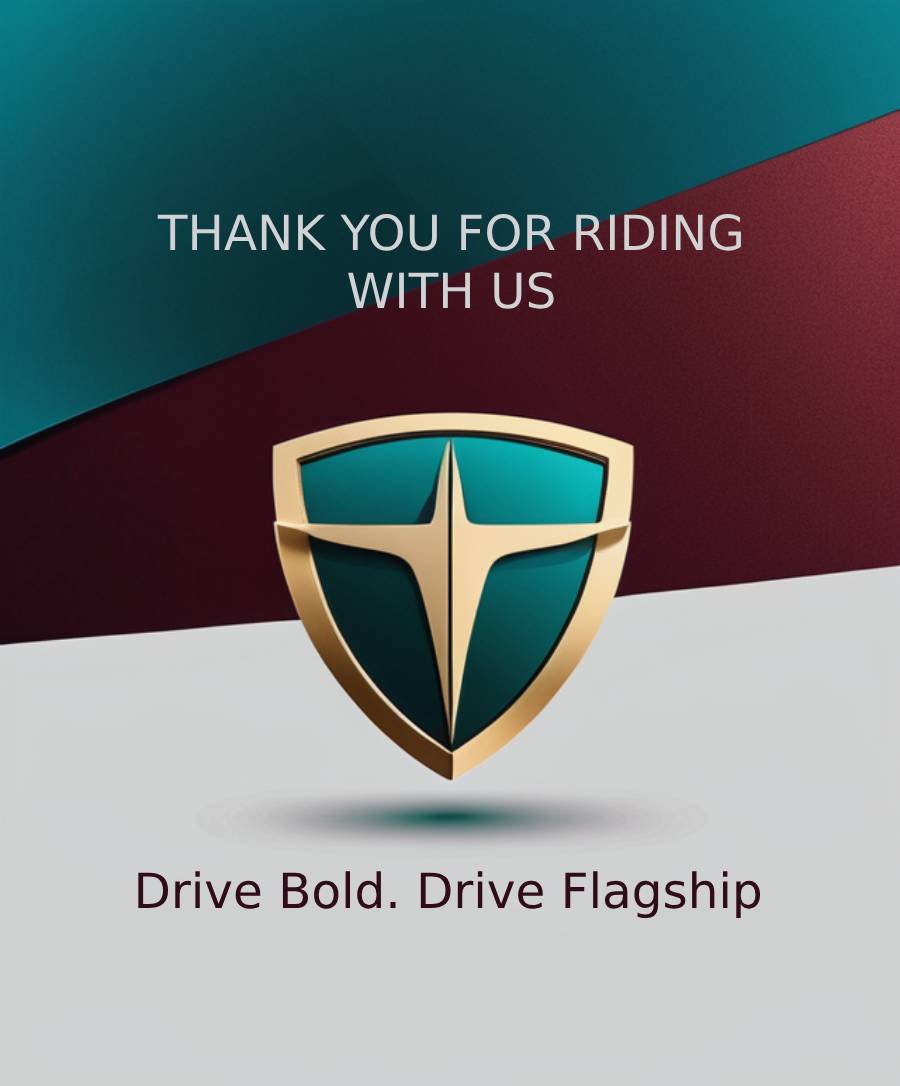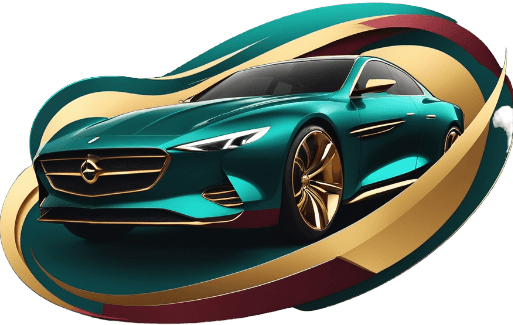Your cart is currently empty!

Ford Explorer Timing Chain Issues Explained (And How To Fix Them)
If you’re experiencing Ford Explorer timing chain issues, then trust me, you’re alone. This is a common issue in the Explorer SUV. But you can fix them, and I will show you how. This article breaks down everything you need to know about timing issues in the Ford Explorer. We will talk about the symptoms, affected model years, and the associated repair costs. Don’t forget to hit me up on socials if these worked for you.
The Ford Explorer is one of America’s most popular SUVs. It’s famous for many things, mainly the size, versatility, and family-friendly design. The latest 2026 Explorer brings more exciting features. But, for many owners, especially those with early 2000s models, the SUV’s reliability has been overshadowed by timing chain issues.
Timing issues are meant to last the life of the engine. But certain Ford Explorer engines, particularly the 4.0L SOHC V6 used between 2001 and 2010, develop premature wear, noisy startups, and costly repairs. Later Ford Explorer models (2011-2014) also saw scattered complaints, though not as widespread. This is everything you should know about the Ford Explorer timing chain issues.
What The Timing Chain Does in The Ford Explorer
The Timing Chain is an important component in the Ford Explorer’s engine. Its job is to connect the crankshaft and camshaft. It keeps these two components perfectly synchronized so that the valves open and close at the right time. Without this synchronization, the engine simply won’t run properly.
Unlike a rubber timing belt, which needs to be replaced every 60,000-100,000 miles, a timing chain is designed to last much longer. As i mentioned, the timing chain is supposed to last for as long as the engine’s life itself. That’s one reason Ford used chains in engines like the 4.0L SOHC V6 found in the early 2000s Explorer and the 3.5L/3.7L V6 engines in later models.
However, the design of the chain system in some Explorer engines, especially those from 2001 to 2010 with the 4.0L V6, included plastic guides and tensioners that wear down or fail over time. When that happens, the timing chain loses proper tension. This creates a rattling noise and eventually throws off the engine timing.
Common Symptoms of Timing Chain Problems
Ford Explorer timing chain issues don’t start overnight. Instead, they usually start with small warnings that become worse if ignored. Models built between 2001 and 2010 with the 4.0L SOHC V6 engine often show symptoms like:
Rattling or ticking noise from the engine
Owners often report a metallic rattle during startup or idle. This is usually caused by worn tensioners or guides letting the chain slap around inside the engine.
Check Engine Light
A stretched or misaligned timing chain can trigger fault codes related to camshaft or crankshaft timing. These can cause the check engine light to illuminate.
Rough Idling or engine misfires
When the timing is off, the engine may run unevenly, stumble at idle, or misfire under load.
Main Causes of Timing Chain Issues
Several factors can contribute to Ford Explorer timing chain issues. But, in my survey, I found out that some model years are more vulnerable due to design choices. The 2001-2010 Explorer with the 4.0L SOHC V6 engine is the most notorious with timing issues, mainly because of the chain’s plastic guides and tensioners that wear down over time. Once these components fail, the chain loses proper tension. This leads to the well-known rattling noise and potential misalignment.
Poor maintenance is another issue. Timing chains rely heavily on clean, well-circulated engine oil or lubrication. For info on this, refer to FlagshipDrive’s guide to changing oil in your car. Skipping oil changes or using the wrong viscosity can lead to sludge buildup. This starves the chain and tensioners of lubrication. At this point, the wear accelerates and increases the risk of chain stretch.
High mileage is another issue. Even in better-designed Explorer engines like the 3.5L and the 3.7L V6s (made between 2011 and 2014), the chain, tensioners, and guides can wear out after years of use.
ALSO, READ: 10W-30 vs 10W-40 Engine Oil: Key Differences Explained
Ford Explorer Timing Chain Issues: Affected model years
While any vehicle can develop timing chain issues with age and poor maintenance, certain Ford Explorer model years are far more prone to problems than others. If you own an early 2000s Explorer with the 4.0L SOHC V6, timing chain problems are something you should almost expect. These are the other models mostly affected by the problem:
2001-2010 Ford Explorer (4.0L SOHC V6)
This generation is the one with the most timing chain failures. But why? The 4.0L engine uses a complex chain setup with multiple chains, plastic guides, and tensioners that may crack and wear. Many owners report rattling noises as early as 80,000 miles, and full chain replacements are common before 150,000 miles.
2011-2014 Ford Explorer (3.5L and 3.7L V6)
These newer engines are generally more reliable, but timing chain stretch and tensioner issues have still been reported. The issue is more likely to happen in vehicles with poor maintenance histories.
Older Explorers (pre-2001)
These models have fewer widespread timing chain complaints, though normal wear and tear can still cause problems in high-mileage models.
DID YOU KNOW? Ford Is Discontinuing The Escape SUV In 2025
Potential Damage if Ignored
Ignoring timing chain issues in the Ford Explorer can bring more problems. What often starts as a rattling sound can escalate into major internal damage, especially if the chain slips or breaks. So that’s the worst-case scenario.
When the timing chain loses tension or stretches too far, the camshaft and crankshaft fall out of sync. This means the valves and pistons are no longer timed correctly. This can cause bent valves, damaged pistons, or even a destroyed engine. In early 2001–2010 Explorers with the 4.0L SOHC V6, this type of failure is unfortunately common when the chain guides disintegrate. The repair cost difference is huge. Replacing the timing chain system may cost a couple of thousand dollars. However, if you ignore it until failure, your Explorer may need a full engine replacement.
Fun fact: Most old Explorers in the scrap yards were thrown away because of timing chain issues that led to a full engine failure.
Repair And Replacement Costs
Fixing a timing chain problem in a Ford Explorer is not cheap. The cost largely depends on the model year and how early you diagnose the problem. For the 2001-2010 Ford Explorer with the 4.0L SOHC V6 engine, a full timing chain replacement can range from $1,500 to $3,000 at a repair shop. In this case, one is placed at the front and one at the rear of the engine, and it requires pulling the engine out entirely. Parts themselves aren’t too expensive, but the labor hours drive up the bill.
On 2011-2014 Explorers with the 3.5L or 3.7L V6, timing chain repairs are less complex. However, the costs can still range between $1,200 and $2,000. High-mileage models may need additional components like tensioners, guides, and oil pump drive chains at the same time.
Can you DIY the Ford Explorer timing chain issue?
Yes, it is possible, but due to the complexity and special tools required, you may not be cut out for it. It’s just not a practical option for most owners. This is one repair best left to professionals.
How to Fix Timing Chain Issues
Repairing a Ford Explorer timing chain problem typically involves more than just replacing the chain itself. To do the job right, mechanics replace the entire timing set. This includes the chain, tensioners, and guides, since all these components work together.
For the 2001–2010 Explorer with the 4.0L SOHC V6, the process is especially challenging. This engine uses multiple timing chains, including one at the rear of the engine. In many cases, the engine has to be removed to access everything, which is why labor costs are so high. Once the chains, guides, and tensioners are replaced, the mechanic must carefully re-time the engine to ensure proper synchronization.
Later Explorers (2011–2014 with the 3.5L and 3.7L V6 engines) have a more straightforward setup, but the principle is the same: replace the stretched or noisy chain, install new guides and tensioners, and reset engine timing. Many shops also recommend replacing the oil pump drive chain at the same time, since it shares wear factors and saves on future labor costs.
Author Details

Our Team
Hi there! Welcome to Flagship Drive.
I’m Wilfred Nkhwazi, a passionate car lover from Africa. I created this platform to share expert insights, honest reviews, and a fresh perspective on the latest cars and automotive trends. Let’s hit the road together.
Advertisement

Recent News

